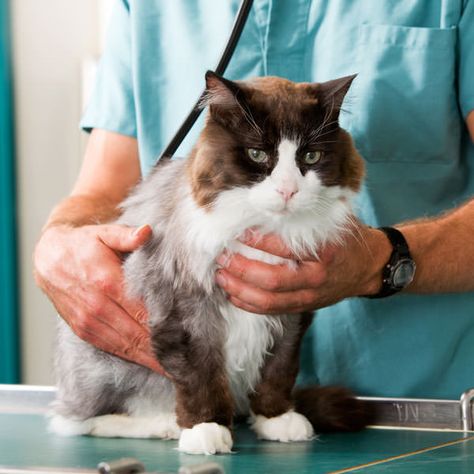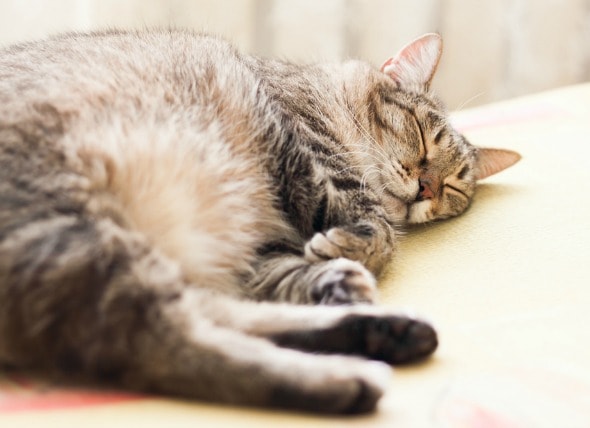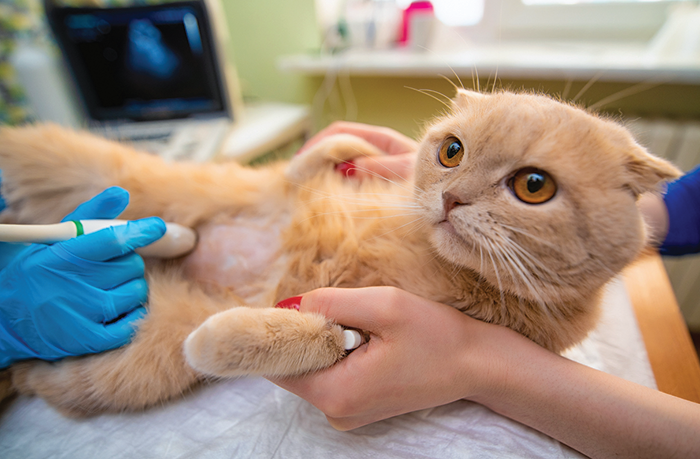ascites in cats prognosis
Abdominal effusion or ascites in cats is a medical condition which refers to the accumulation of fluid in the abdominal area of the cat. The majority of cats with FIP present with effusionspecifically pleural effusion ascites or a combination of both 713Even cases of pericardial effusion have been reported The typical fluid from a cat with FIP is viscous straw-colored clear to moderately cloudy and usually forms clots or strings because of its high protein content.

Ascites In Cats Causes Symptoms And Treatment
Does ascites in cats go away.

. This might cause symptoms including loss of appetite abdominal discomfort as well as vomiting. Your veterinarian will perform. While survival in this patient population is poor averaging about 20 wk from time of diagnosis quality of life can be improved through palliative procedures.
Stage 1 is the first one and Stage 4 is the most serious one. Ascites in Cats Symptoms and Types. Peritonitis fungal or bacterial can also be the reason that the animal in the abdominal cavity is water.
Cats with ascites are usually presented to the veterinarian with a complaint of abdominal distention. Before the excess fluid buildup from ascites in cats is treated an accurate diagnosis is needed. Abdominal radiographs abdominocentesis and evaluation of the fluid obtained led to a diagnosis of chyloabdomen.
Ascites usually carries an unfavorable prognosis. An accurate diagnosis for ascites in cats is critical. Determining the cause of the ascites will require various diagnostic.
Ascites is the accumulation of fluid in the peritoneal cavity which causes abdominal swelling. July 24 2019. Ascites can be caused by a wide variety of health conditions ranging in severity so although the fluid can be easily removed by a vet treatment will focus on the cause of the fluid accumulation.
What this means is the cat may only be kept as comfortable as possible. There are several causes for the occurrence of fluid buildup or edema in the abdomen including abdominal. This form of cardiomyopathy has only recently been recognized in cats and is characterized by fibrofatty infiltration of the right ventricle resulting in marked right heart enlargement.
Because there are many reasons for excess fluid to build up ascites in cats requires accurate diagnosis of the cause. A wide range of causes might be responsible for the ascites hence treatments may vary accordingly. Ascites due to cirrhosis usually is a sign of advanced liver disease and it usually has a fair prognosis.
Its also caused by various other conditions like liver disease and heart failure. Baseline tests ultrasound and sometimes biopsy. A complete physical examination Blood Testing Urinalysis Biochemical testing Abdominal ultrasounds Chest X-rays Testing of abdominal fluids Abdominal X-rays Biopsy.
Some of the outward symptoms your cat may show are difficulty breathing or dyspnea due to pressure. Ascites is the abnormal accumulation of fluid in the abdominal cavity. Some of the symptoms you may notice include.
Among the main symptoms fluid in abdomen in cats include. Ascites is a health condition that can be linked to cancer and results from fluid buildup in the abdomen. Ascites has many causes most of which can be very serious.
Abdominal pain Abdominal swelling Difficulty breathing Loss of appetite Lethargy Coughing Vomiting Diarrhea Weakness Fever Weight los which is most visible at the spine ribs and hips. The term transudate refers to low-protein fluid that has escaped from the intravascular space as a result of reduced oncotic or increased hydrostatic pressure. Typical examples include the ascites of hypoproteinaemia and.
Cats with ascites are usually presented to the veterinarian with a complaint of. September 28 2021. Abdominal cancer treatments and recovery are based on how advanced the cancer is when it is diagnosed.
In cats ascites is caused by the leakage of fluid into the abdomen from blood vessels lymphatics. ASCITES is the abnormal accumulation of fluid in the peritoneal cavity and is not a diagnosis in itself but a clinical sign of disease. Heres what you should know about it.
Kidney or liver disease. Typically the ascites of the abdominal cavity in cats is the result of some changes of the internal organs. It can result from accumulation of transudative or exudative fluid chylous effusions blood urine or bile.
Symptoms Of Ascites In Dogs The most noticeable sign of ascites is a distended abdomen which can be accompanied by abdominal pain. For example the development of ascites in cirrhotic patients is associated with a mortality of 15 and 44 at one-year and five-year follow-up periods respectively4 5However the prognosis largely depends on the underlying cause iethe primary disease. Pain and sensitivity when touched.
9 Affected cats may be asymptomatic may be syncopal in association with arrhythmias or may have right-sided heart failure. What causes ascites in cats. Overview of Ascites in Cats.
PIF des avancées dans le traitement de la péritonite. Common ways to diagnose the condition include. Even though ascites is a secondary sign of many conditions it can cause other symptoms and discomfort in your dog such as vomiting difficulty breathing lack of appetite panting and anemia.
An accurate diagnosis for ascites in cats is critical. Ascites may be a manifestation of either a transudate or a modified transudate. A mature castrated male cat presented with progressive lethargy and a severely distended abdomen.
A veterinarian might conduct any of a number of tests including a physical examination of the cats abdomen to check for pain or discomfort caused by external pressure tests on a cats. Ascites is the abnormal accumulation of fluid in the peritoneal cavity and is not a diagnosis in itself but a clinical sign of disease. Causes of Enlarged Abdomens in Cats.
Selecting the appropriate treatment modality remains a careful process which should take into account. There are usually four cancer stages used in the medical world. Malignant ascites indicates the presence of malignant cells in the peritoneal cavity and is a grave prognostic sign.
Before the excess fluid buildup from ascites in cats is treated an accurate diagnosis is needed. In general the term ascites refers to serous abdominal fluid accumulation. When a case of feline ascites is presented to the veterinary surgeon a logical and thorough diagnostic approach is.
This may be a consequence of diabetes mellitus cardiovascular diseases or cirrhosis at later stages. Is ascites always fatal. The underlying pathology etiology diagnosis and treatment associated with this disea.
The volume of the fluid can be quite subtle or it may be significant causing distention of the abdomen. Pain when moving andor lying down. Your Cat Needs an Ultrasound for Ascite Diagnosis.
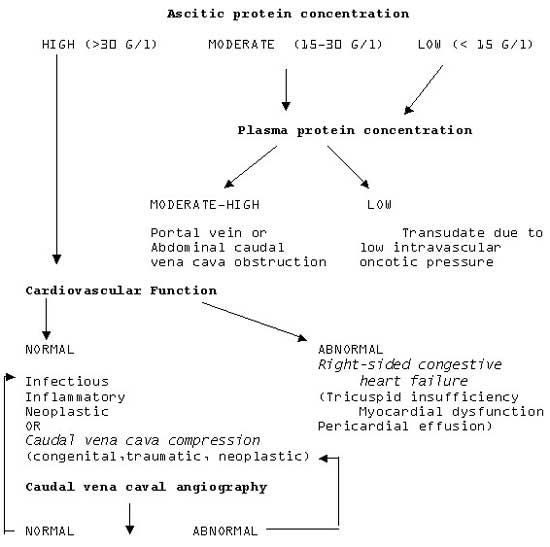
Abdominal Conditions Of The Dog And Cat Wsava2002 Vin
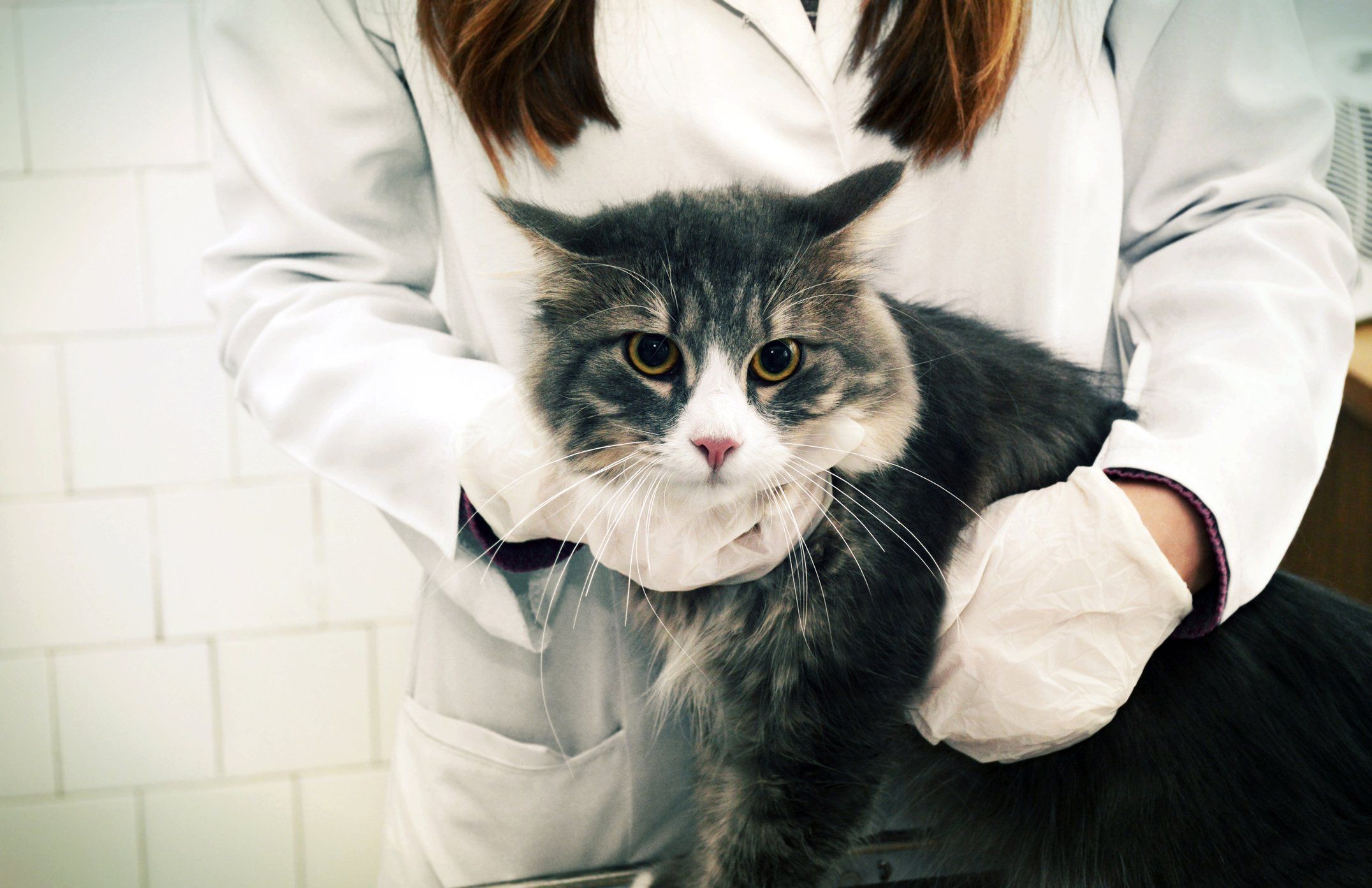
Understanding Ascites In Cats Tufts Catnip
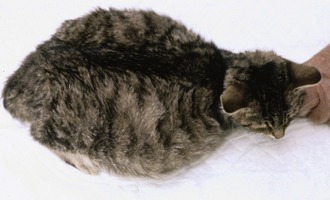
Diagnosis And Treatment Of Feline Infectious Peritonitis Veterian Key
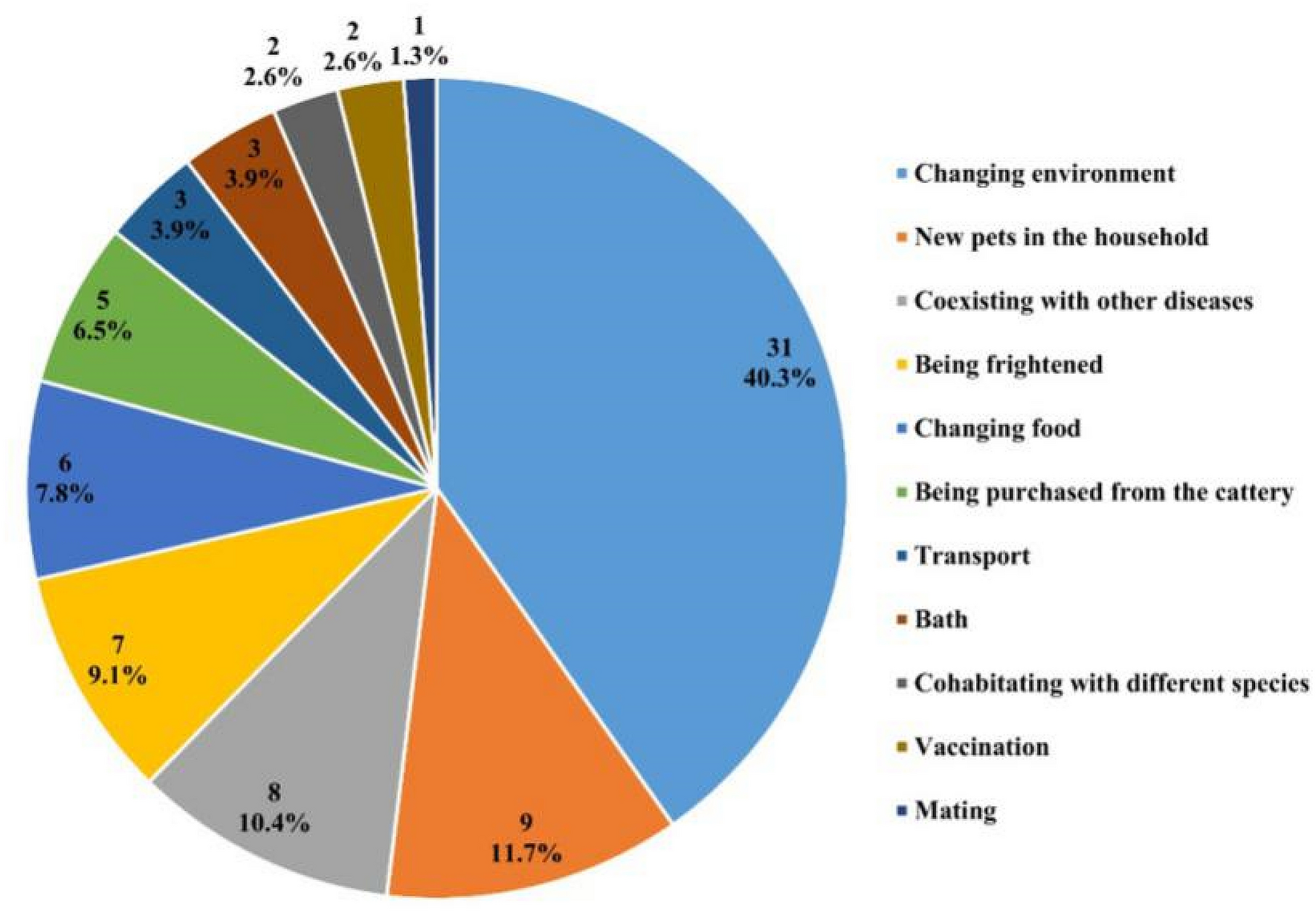
A Retrospective Study Of Clinical And Laboratory Features And Treatment On Cats Highly Suspected Of Feline Infectious Peritonitis In Wuhan China Scientific Reports
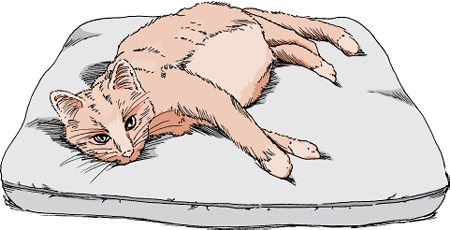
Disorders Of The Liver And Gallbladder In Cats Cat Owners Merck Veterinary Manual

Feline Hypertrophic Cardiomyopathy The Veterinary Nurse

Liver Disease In Cats International Cat Care

Ascites In Cats Causes Symptoms And Treatment

Ascites In Cats Causes Symptoms And Treatment

Ascites In Cats Causes Symptoms And Treatment
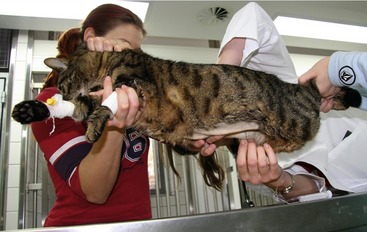
Diagnosis And Treatment Of Feline Infectious Peritonitis Veterian Key

Ascites In Cats Causes Symptoms And Treatment
